23. August, 2025delish0
Choosing between high-speed slitting machines and high-precision slitting machines is the core consideration of many manufacturers when selecting equipment. Below I will compare these two devices in detail from multiple dimensions and help you determine which one is better for your needs.
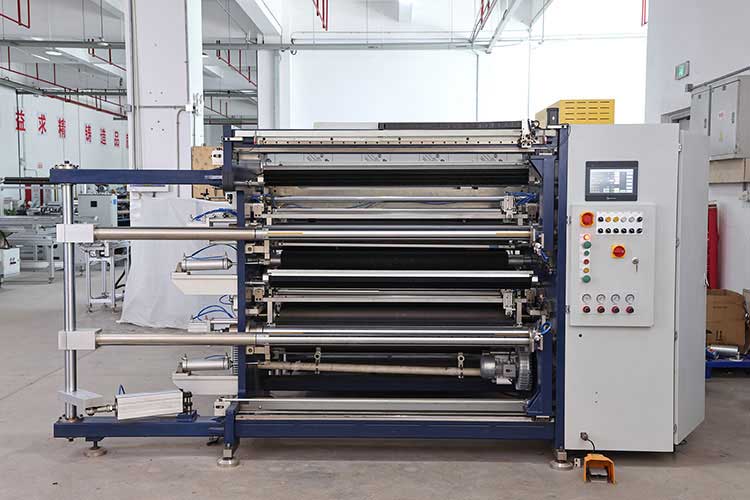
1. Core positioning and definition
First, we need to clarify the relative definitions of "high speed" and "high precision" in the field of slitting machines:
• High-speed slitting machine:
◦ Core pursuits: production efficiency and output.
◦ Features: Typically refers to very high operating speeds (e.g., hundreds of meters or even kilometers per minute), designed with a focus on powerful power systems, efficient unwinding/rewinding control, quick tool changes, and stable tension control to ensure unstoppable and unrequited equipment at extreme speeds.
◦ Sacrifice: At the limit speed, there is a compromise in the control of microscopic accuracy (e.g., error within ±0.05mm) and face quality (burrs, stripes).
• High-precision slitting machine:
◦ Core pursuits: slitting quality and consistency.
◦ Features: The speed may not be the highest, but it is equipped with a top-of-the-line control system, high-rigidity mechanical structure, precise guidance mechanism, high-resolution servo drive, and detection feedback system (such as CCD in-line detection, ultrasonic correction). Ensure that the width error of each material is minimal, the end face is smooth and flat, and the winding is neat and flawless.
◦ Sacrifice: To achieve extreme accuracy and stability, its operating speed is usually controlled within an optimal but not limited range.
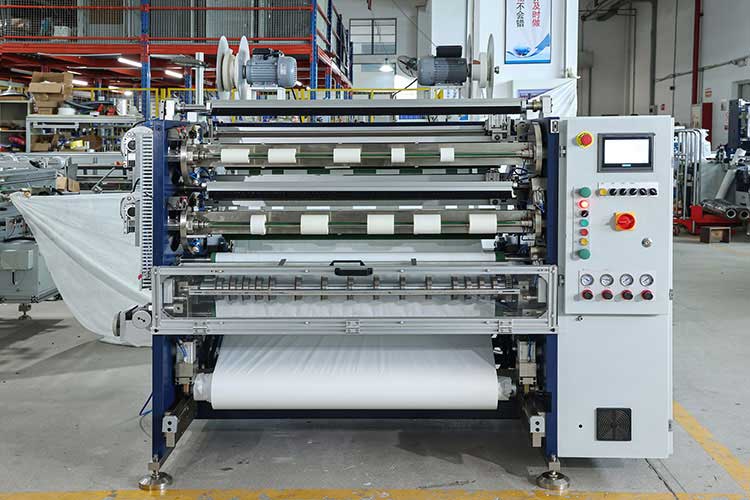
2. Parameter comparison table
| Contrast dimensions | High-speed slitting machine | High-precision slitting machine | illustrate |
| Core objectives | Maximize throughput and reduce unit costs | Guarantee the ultimate quality to meet stringent specifications | The difference in fundamental starting point determines the difference in all designs. |
| Operating speed | Very high (e.g., 600-1200m/min) | Medium to high (e.g., 200-500m/min) | High-precision slitting machines are also fast under the premise of pursuing precision, but they are not the primary goal. |
| Slitting accuracy | Good (e.g., ± 0.1mm~±0.2mm) | Extremely high (e.g., ±0.02mm~±0.05mm) | Accuracy is a compromise made by high-speed machines for efficiency, and is the foundation of high-precision machines. |
| Rewinding quality | Good but may have slight blemishes (e.g. slight misdelamination) | Excellent, neat end surface, no steps, no bubbles | The high-precision machine uses more precise tension taper and pressure control. |
| Tool holder system | Pneumatic or mechanical type, fast tool change, good stability | Servo drive, digital setting, online adjustment, stepless fine adjustment | The tool holder of the high-precision machine is the core, and the accuracy and adjustability are much higher than that of the high-speed machine. |
| Tension control | High stability, large range, but relatively low accuracy | Multi-stage, fully closed-loop, micro-tension control with extremely high precision | Tension is the key to affecting the rewinding quality and slitting accuracy, and high-precision machines do not spare any cost. |
| Correction system | Normal EPC (Photoelectric Correction) or manual | High-precision EPC/CCD, and even double closed-loop guidance correction | Ensure that the material is always in the correct position during the slitting process. |
| Applicable materials: | General materials that do not require high precision: such as packaging film, paper, non-woven fabrics, etc | High-value and high-demand materials: such as optical films, battery separators, high-end electronic tapes, medical materials, etc | The higher the material value, the higher the requirements for precision and quality. |
| Equipment investment | Relatively low | Very expensive | High-precision sensors, servos, and mechanical components are extremely costly. |
| Operating costs | Low unit cost (energy consumption/tablet) and relatively simple maintenance | Higher unit cost, high maintenance requirements, and professional technicians required | |
| Typical industry | Ordinary flexible packaging, hygiene products, printing after-end | New energy (lithium battery), optical display, electronic semiconductor, medical | |
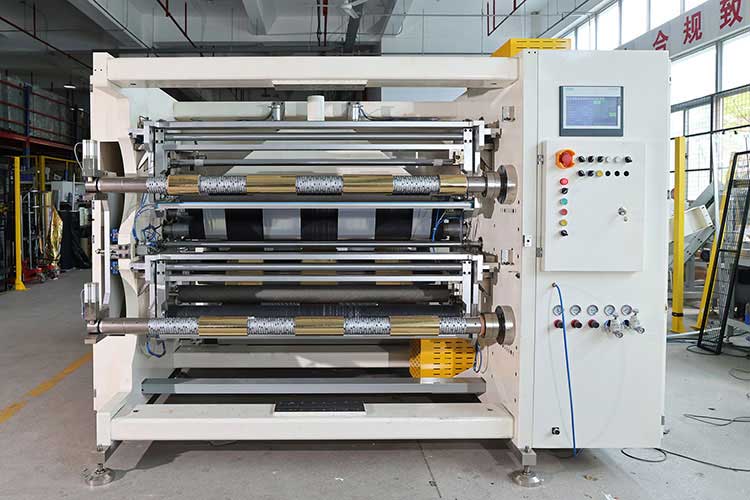
3. How to choose: which one is better for you?
Please make decisions by answering the following questions:
1. What is your core material?
• Choose a high-speed slitting machine if: You mainly deal with ordinary plastic films (such as PE, PP, BOPP), paper, aluminum foil, non-woven fabrics, etc. These materials are relatively low value, and customers are insensitive to small errors in the slitting width and pay more attention to delivery speed and price.
• Choose a high-precision slitting machine if: You are dealing with high-value functional films. For example:
◦ Lithium battery industry: battery separator, pole piece. Any burrs and dust may cause battery short circuit explosion.
◦ Optical industry: diffusion film, brightening film, polarizer. Width error and cleanliness directly affect the display effect.
◦ Electronics industry: high-end tapes, protective films, FPC covering films. Insufficient precision will lead to placement failure.
◦ Medical industry: medical tapes, dialysis membranes. Absolute cleanliness and non-damage cutting are required.
2. What do your customers value most?
• Value [price and delivery time] - > choose a high-speed slitting machine. You need to win orders with lower cost and faster speed.
• Value [Quality and Consistency] - > Choose a high-precision slitting machine. Your customers are willing to pay a higher price for perfect quality and do not allow any quality risk.
3. What are the features of your order?
• Large batches, few varieties -> Select high-speed slitting machines. High-speed machines are suitable for long-term non-stop production and maximize their efficiency advantages.
• Small batch, multi-variety, high value-added -> select high-precision slitting machine. High-precision machine material change and adjustment are more accurate and fast (thanks to digital settings), although the absolute speed is not the fastest, but it can ensure the high-quality completion of each batch of orders.
4. What is your budget?
• Limited budget and pursuit of a quick return on investment – > High-speed slitting machines are a more pragmatic choice.
• Sufficient budget, targeting high-end markets, high technical barriers -> High-precision slitting machines are necessary strategic investments.
4. Integration trends and conclusions
The development trend of modern high-end slitting machines is the fusion of "high speed" and "high precision". Through more advanced technologies (such as AI tension control, intelligent vibration suppression, linear motor drive, etc.), the new generation of equipment is constantly breaking through the traditional bottleneck of speed and precision.
Final Conclusion:
• If your business is based on "quantity" and pursues scale effects, please choose [High-speed slitting machine].
• If your business is based on "quality" and takes the high-end differentiation route, please invest in [high-precision slitting machine].
• For many companies, having multiple production lines is the ideal solution: high-speed machines to handle regular bulk orders and high-precision machines to conquer high-end profit markets.
It is recommended to bring your actual materials to the equipment manufacturer for a test before purchasing, which is the most reliable way to verify whether the equipment truly meets your needs.



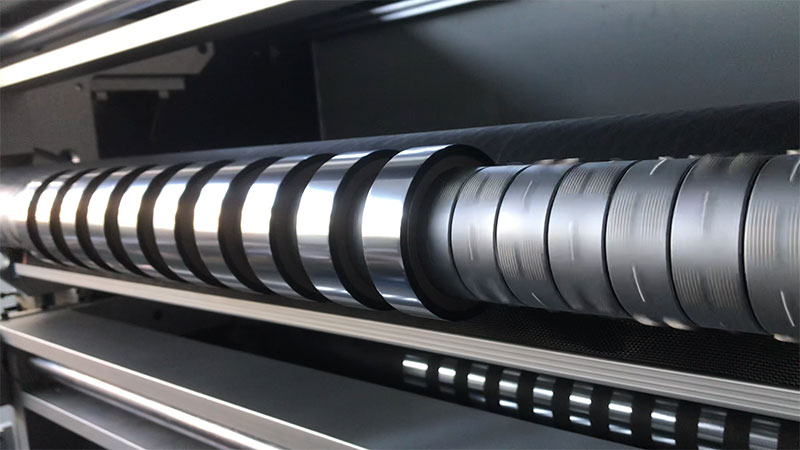
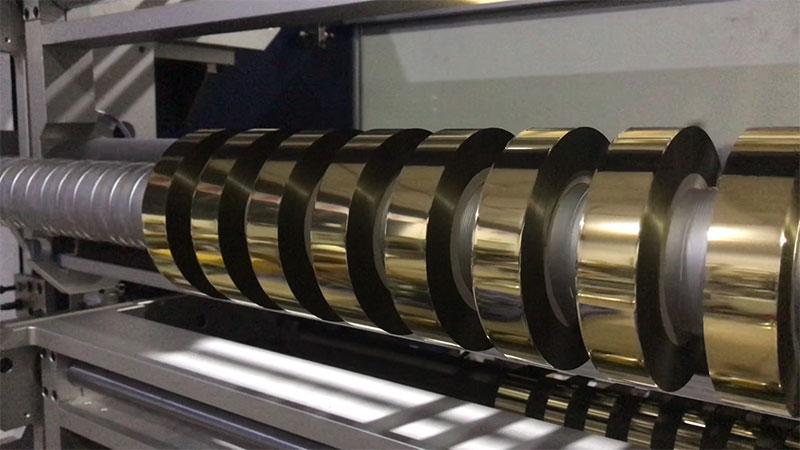
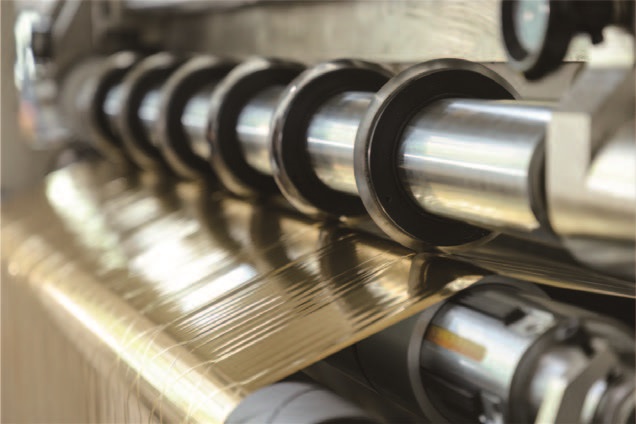
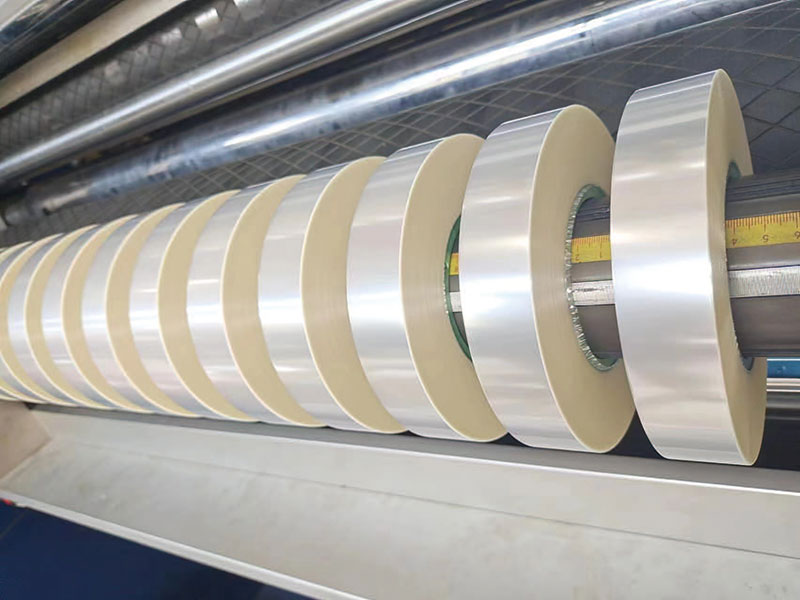
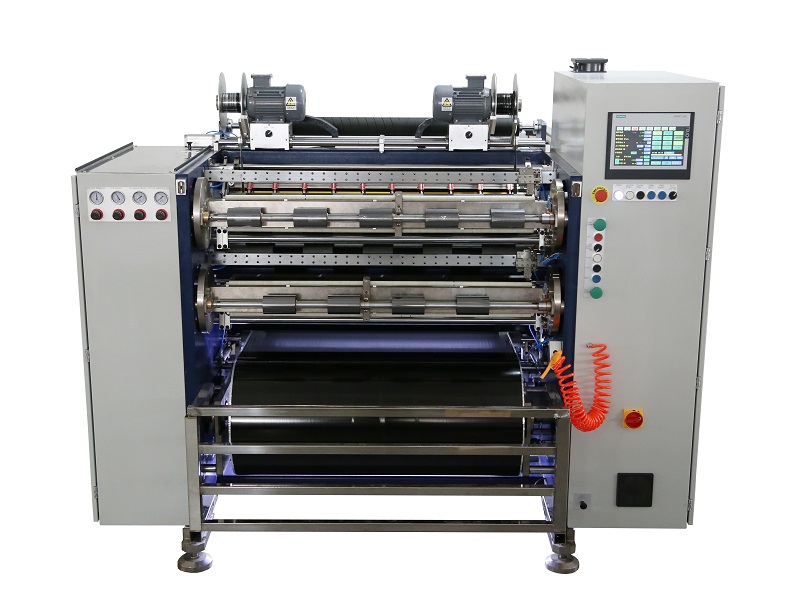 Fully Automatic TTR Slitter RSDS8 Plus
Fully Automatic TTR Slitter RSDS8 Plus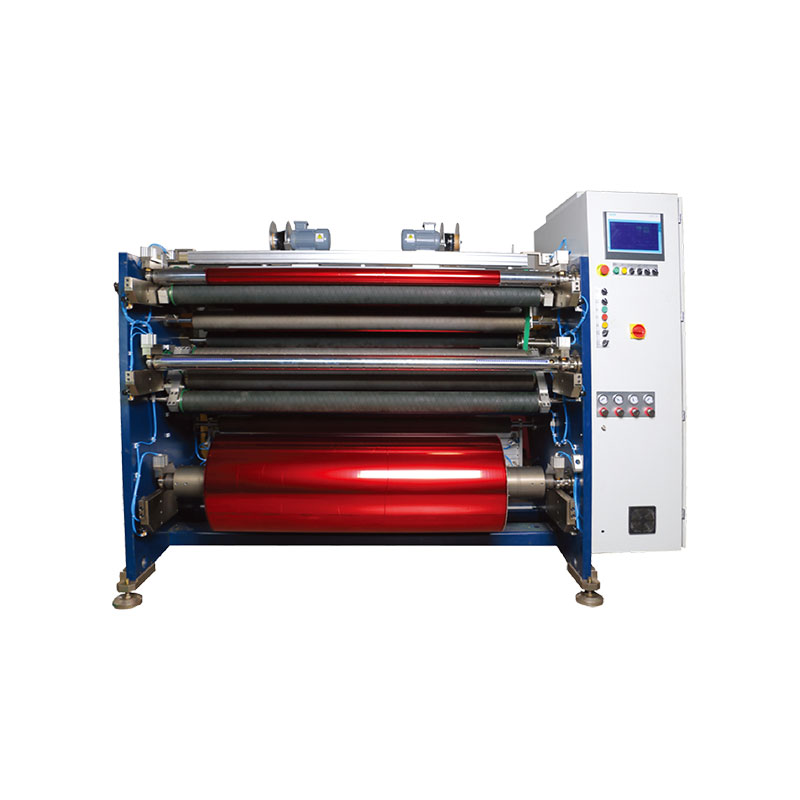 Hot Stamping Foil Slitter 1600mm
Hot Stamping Foil Slitter 1600mm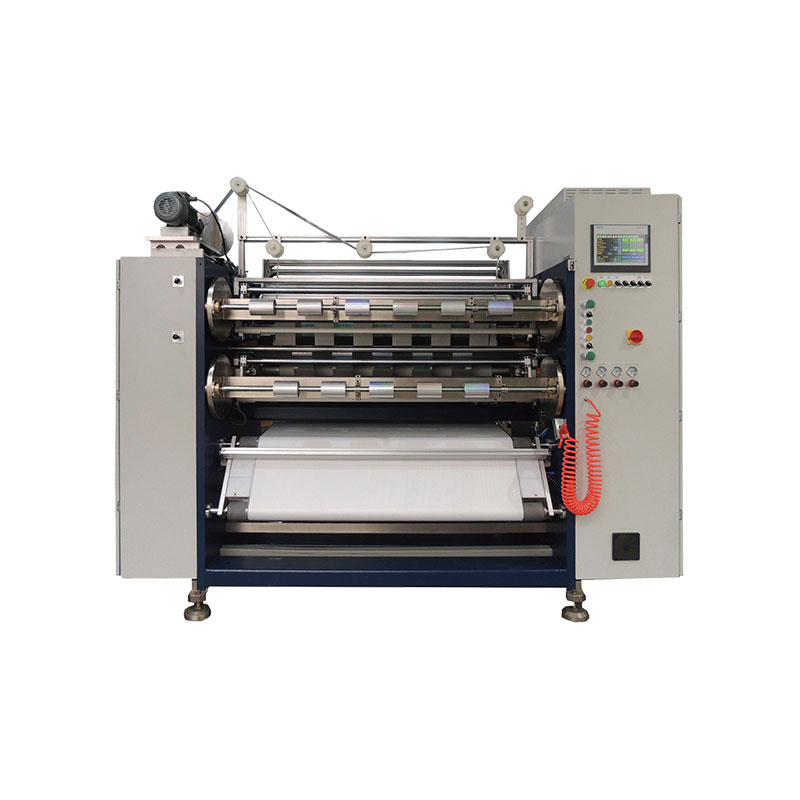 Hot Stamping Foil Slitter (4 Shafts)
Hot Stamping Foil Slitter (4 Shafts)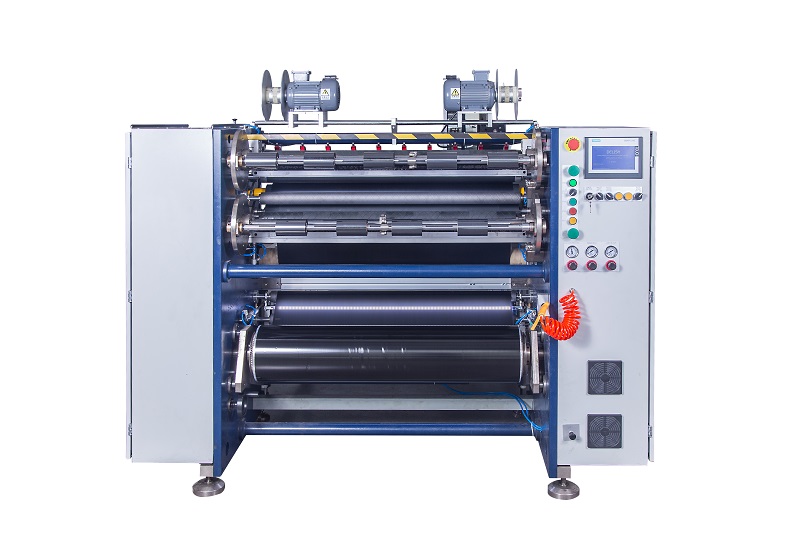 Semi-Auto TTR Slitter RSDS2 Plus
Semi-Auto TTR Slitter RSDS2 Plus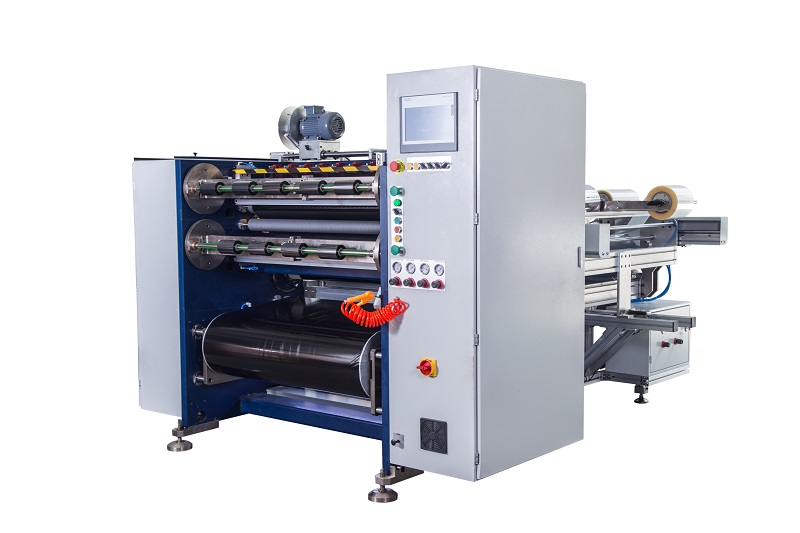 Semi Automatic TTR Slitter RSDS5 Plus
Semi Automatic TTR Slitter RSDS5 Plus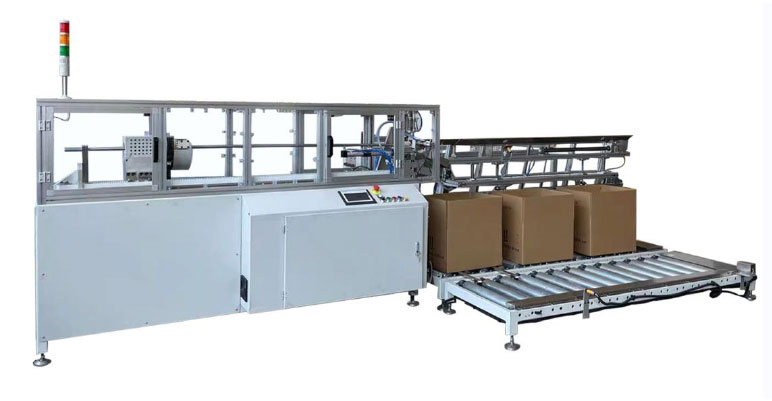 Auto Paper Core Cutter
Auto Paper Core Cutter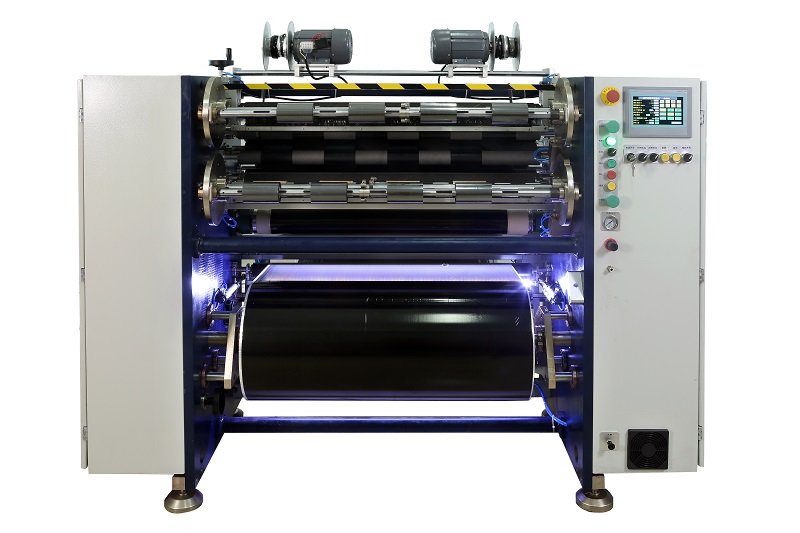 Manual TTR Slitter RSDS2
Manual TTR Slitter RSDS2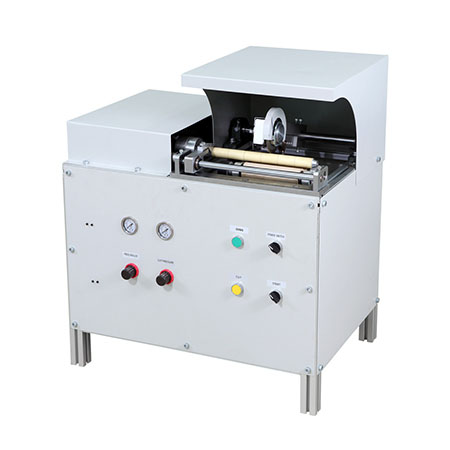 Manual Paper Core Cutter
Manual Paper Core Cutter





